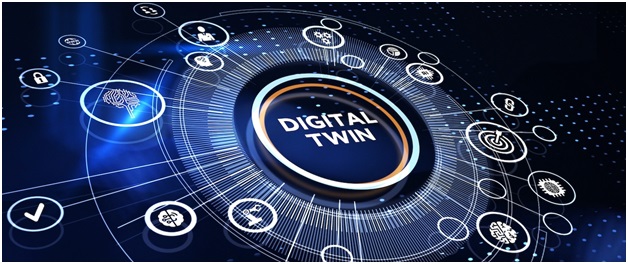Digital Twins (TOI)

- 25 Nov 2023
Why is it in the News?
Recently, the Survey of India (SoI) and Genesys International, a prominent Indian mapping company, revealed a strategic collaboration for the implementation of a three-dimensional (3D) digital twin-mapping initiative in India.
About Digital Twin:
- Digital twins are digital representations of physical objects, people or processes.
- They aid decision-making through high-fidelity simulations of the twinned physical system in real-time and are often equipped with autonomous control capabilities.
- These replicas serve as dynamic and detailed counterparts, providing a real-time, data-driven simulation of their physical counterparts.
- The concept of digital twins has gained prominence with the advent of technologies like the Internet of Things (IoT), data analytics, and machine learning.
- In essence, a digital twin continuously collects and processes data from its physical counterpart, offering a comprehensive view of its behavior, status, and interactions.
- This real-time synchronization enables organizations to monitor, analyze, and understand the performance of physical assets or processes more effectively.
Applications:
- Manufacturing Sector: One primary application of digital twins is in the manufacturing sector.
- Manufacturers use digital twins to create virtual models of products and production processes.
- This allows for simulation, analysis, and optimization before physical prototypes are built, leading to reduced development costs and improved product quality.
- Healthcare: In healthcare, digital twins are employed to create personalized models of patients.
- These models, based on individual health data, help in predicting health outcomes, optimizing treatment plans, and advancing medical research.
- Transportation: Transportation industries utilize digital twins for optimizing logistics and predictive maintenance.
- For example, digital twins of aircraft engines can simulate performance under various conditions, aiding in proactive maintenance and minimizing downtime.
- Urban Planning: Urban planning benefits from digital twins by creating virtual models of entire cities.
- This assists in designing and optimizing infrastructure, managing resources efficiently, and planning for future growth and development.
- Industries: In industrial settings, digital twins of production processes enable real-time monitoring, troubleshooting, and optimization, leading to increased efficiency and reduced downtime.
